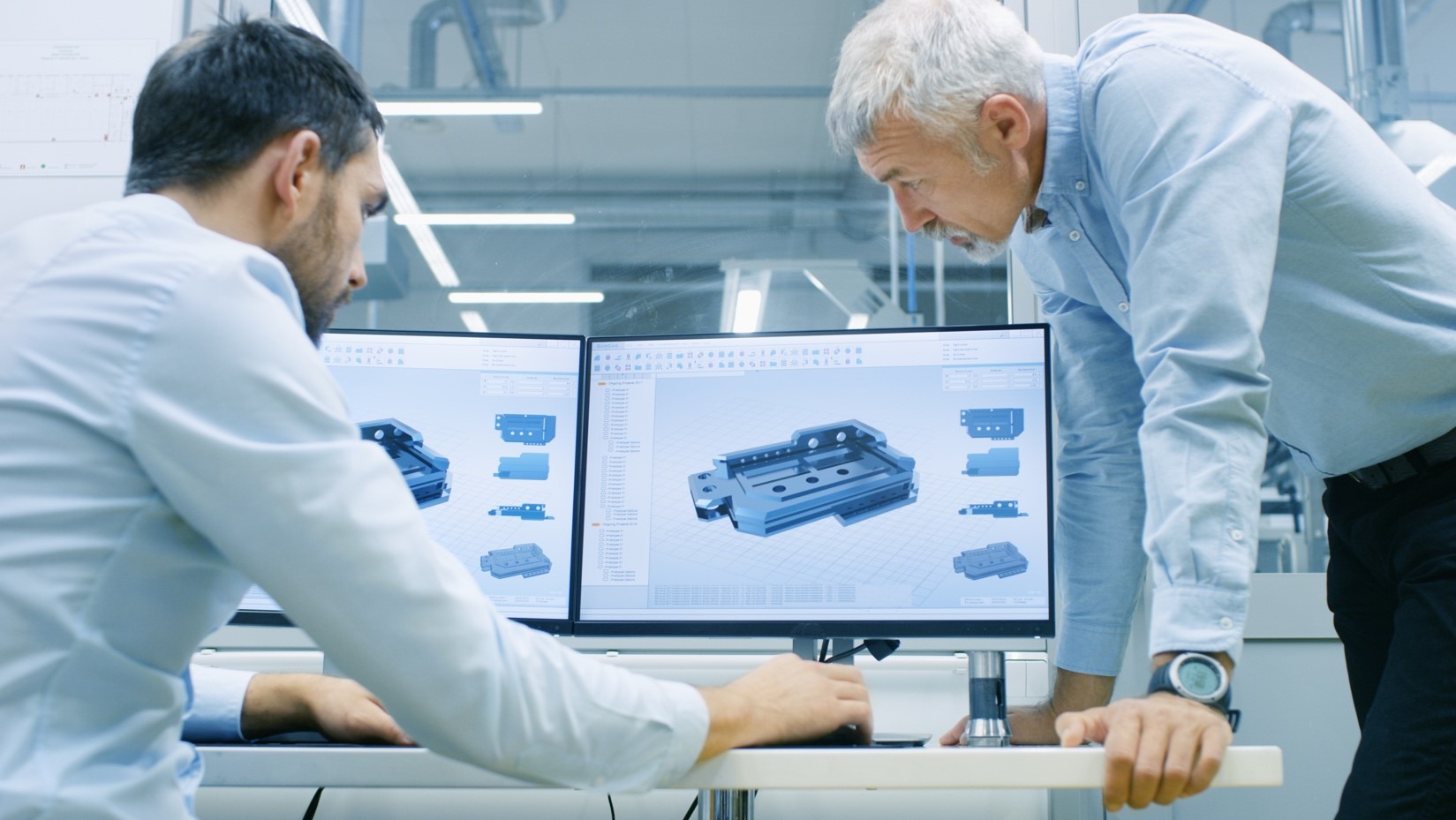
The EU MDR imposes strict requirements on medical device companies marketing their products in Europe. Many device companies scrambled to renew existing CE certificates granted under the old Medical Devices Directive, allowing them to sell that device in Europe until those certificates expire or May 2024, whichever comes first.
Whatever the reason, companies need to be careful to make sure they do not make significant changes that would raise the ire of Notified Bodies and trigger a mandatory new EU MDR registration, or risk having to prematurely pull their product from the EU market. Let’s consider an example.
Suppose you renewed an existing MDD certificate but want to make changes to the device before it expires? Well, you have two options, neither of them appealing:
It is important to highlight that no issuing of new AIMDD/MDD certificates is allowed under Article 120(3c), point (b) MDR12 (see also section 4.1). Therefore, if the manufacturer wishes to make a ‘significant change in design or intended purpose’ within the meaning of Article 120(3c), point (b) MDR, the implementation of such a change would prevent the manufacturer from placing the device on the market under the AIMDD/MDD in accordance with that provision.
Here’s an excerpt from Article 120 of the MDR, which we have shortened for clarity:
“By way of derogation…a device with a certificate that was issued in accordance with Directive 90/385/EEC or Directive 93/42/EEC…may only be placed on the market … provided there are no significant changes in the design and intended purpose.”
Ok, this would seem to indicate that only changes to the device design and intended purpose count as “significant.” That’s not really true. (We’ll get to that in a minute.) After the EU MDR was published, various industry groups understood that manufacturers might, shall we say, apply liberal interpretations of the word “significant.” As such industry has been clamoring for official guidance that would add more specificity to Article 120. The Medical Device Coordination Group (MDCG) finally did so in releasing MDCG 2020-3 revision 1 changes. The main content of this document is contained in five decision trees focused on key areas of change:
Examples of Changes Outlined in MDCG 2020-3 That May Be Considered “Significant” Under Article 120(3)
Here are some (but not all) common examples of changes that may be considered significant according to the guidance. Please study the guidance and consult with your Notified Body as their opinion may differ from yours.
Chart A – Intended Purpose
Chart B – Design or Performance Specification
Chart C – Software
Chart D – Materials
Chart E – Sterilization/Packaging
Again, this is not a complete list so be sure to download MDCG 2020-3 Rev.1
“Significant” changes are not limited to changes in design and intended purpose. While most of the guidance focuses on changes to the device, materials, or its intended purpose, those are not the only changes a Notified Body may see as significant enough to invalidate an MDD CE certificate. Section 9.6 of this document issued by the International Accreditation Forum (IAF) in 2022 discusses QMS changes that Notified Bodies may consider significant. They include:
Manufacturers looking to extend the life of their MDD CE certification should always be mindful of the fact that Notified Body auditors will be examining their devices and processes through the lens of the EU MDR and ISO 13485:2016. Understanding which changes are allowable is critical before actually making them. When in doubt, talk to your Notified Body before considering any changes.
We have two training classes that may interest you. This intensive training class on medical device design control gives you an in-depth look at how to properly structure your QMS processes and manage changes. Our popular EU MDR auditor training class is also an excellent deep dive into all facets of 2017/745. Of course, our EU MDR consulting team remains at your service to answer questions about what is (and is not) a “significant” change.

US OfficeWashington DC
EU OfficeCork, Ireland



UNITED STATES
1055 Thomas Jefferson St. NW
Suite 304
Washington, DC 20007
Phone: 1.800.472.6477
EUROPE
4 Emmet House, Barrack Square
Ballincollig
Cork, Ireland
Phone: +353 21 212 8530